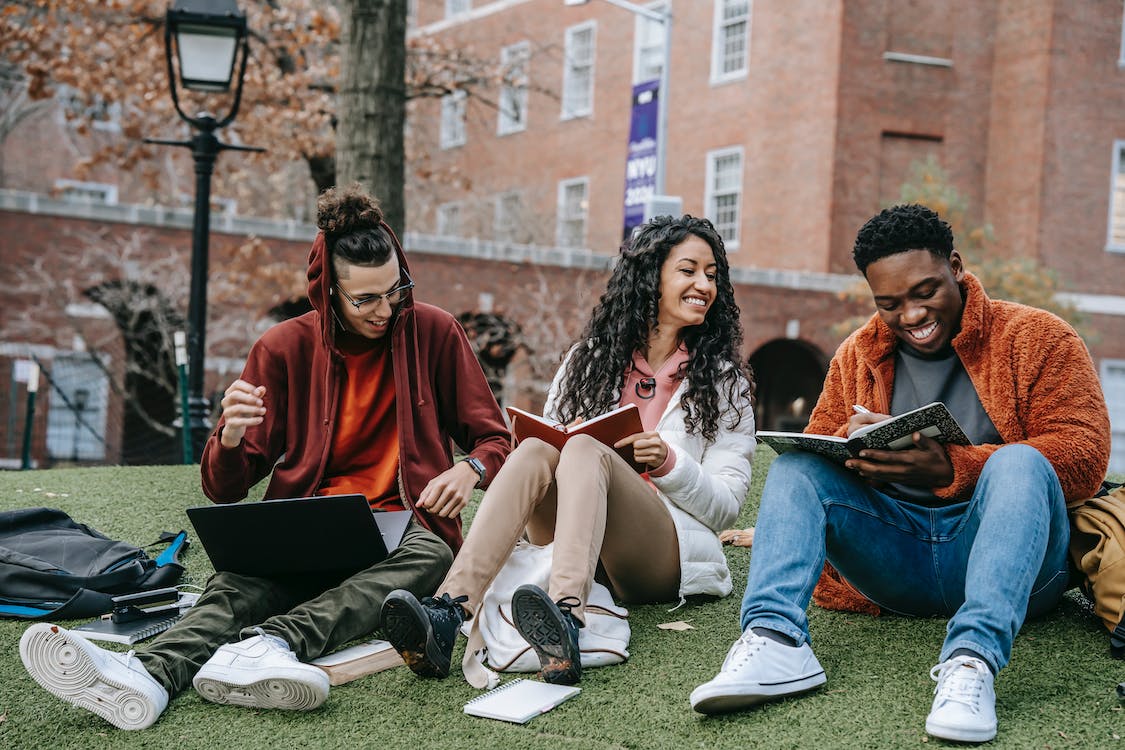
Inception:
You can avoid certain things when you thoroughly understand what that idea is. One of the most important aspects of a student’s educational experience is upholding academic integrity. Although it is essential to avoid any sort of Plagiarism that occurs unintentionally is one of the biggest dangers to avoid. This action may cause your academic record to suffer significantly without you knowing it.
Understanding Plagiarism
Plagiarism is the practice of using someone else’s words, ideas, or works as your own without giving due credit. In the academic world, it erodes credibility and integrity even on the best GPA calculator. When students accidentally utilize sources improperly or neglect to properly acknowledge them in their work, it is known as accidental plagiarism. It is essential to differentiate between deliberate deceit and accidental errors.
Tips to Understand and Avoid Accidental Plagiarism
To guarantee a smooth academic journey, students must understand the subtleties of plagiarism and take proactive measures to steer clear of it.
- Learn About Citation Styles
One of the most important aspects of avoiding plagiarism is being aware of and following citation styles. In academic writing, citation styles like APA, MLA, and Chicago provide defined conventions for referencing sources.
The way citations are presented varies depending on the style; these include requirements for reference lists, bibliographies, and in-text citations. Consult official style guides from academic institutions to become knowledgeable about citation styles. Knowing these rules can help you to prevent accidental plagiarism in your academic work and to properly attribute the original writers of your work.
- Create Detailed Notes
One of the most important habits in academic writing and research is maintaining detailed notes. It is crucial to carefully document important details from sources, such as the title, author, publication date, and page numbers when performing research.
Comprehensive notes help ensure accurate citations in addition to being a useful source of reference during the writing process. By keeping thorough and well-organized notes, students can prevent unintentional plagiarism. This procedure not only enhances academic integrity but also simplifies and improves the effectiveness of the citation process.
- Use Quotation Marks and Citations
In order to prevent plagiarism, using citations and quotation marks is a crucial academic writing technique. When you directly quote someone from a source, you must put the cited material inside quotation marks and include a reference that shows where the source came from.
If you pay someone to do my homework cheap they rephrase the content that has been paraphrased in the author’s own words and cite it properly. This practice promotes a culture of ethical writing by upholding the integrity of one’s work while also acknowledging the intellectual contributions of others.
- Utilize Citation Management Tools
Students looking for an expedient method of handling references must make use of citation management software. These tools such as EndNote, Zotero, and Mendeley enable users to easily arrange references, produce citations in a variety of formats, and compile bibliographies. Students can achieve the necessary citation requirements for their academic work, save time, and minimize mistakes by utilizing these tools. They offer students assistance in overcoming the challenges associated with correctly citing sources in their projects.
- Proofread Your Work
Proofreading is a crucial step in the writing process as it guarantees the quality of your work. Thoroughly reviewing your work before submission can help you identify and correct formatting errors as well as prevent accidental plagiarism. You can make sure that all due credit is given to the sources being utilized when you evaluate your work. Proofreading makes your writing more polished and professional and demonstrates your commitment to producing excellent content.
- Consult Your teachers
Don’t be afraid to ask your teachers for advice if you have any questions regarding citation guidelines or how to incorporate sources into your work. They are great resources for assisting you in comprehending and navigating the difficulties associated with accurate citations.
- Use Plagiarism Detection Tools
It is advisable to use plagiarism detection software to preserve academic honesty. These resources, like Grammarly and Turnitin, are essential for spotting possible cases of unintentional plagiarism in your written work. These tools assist students in identifying sections that could need appropriate citations. Using plagiarism detection software throughout the writing process is a preventative step that lets people fix accidental mistakes before turning in their work.
Conclusion:
Committing to ethical research and writing techniques is necessary to comprehend and avoid unintentional plagiarism. Students can make sure their work shows their dedication to academic honesty and their creativity by taking the time to learn correct citation techniques, being organized, and asking for help when they need it. Ultimately, being able to successfully manoeuvre academic integrity is not only an essential talent but also an indication of a student’s dedication to academic excellence.



